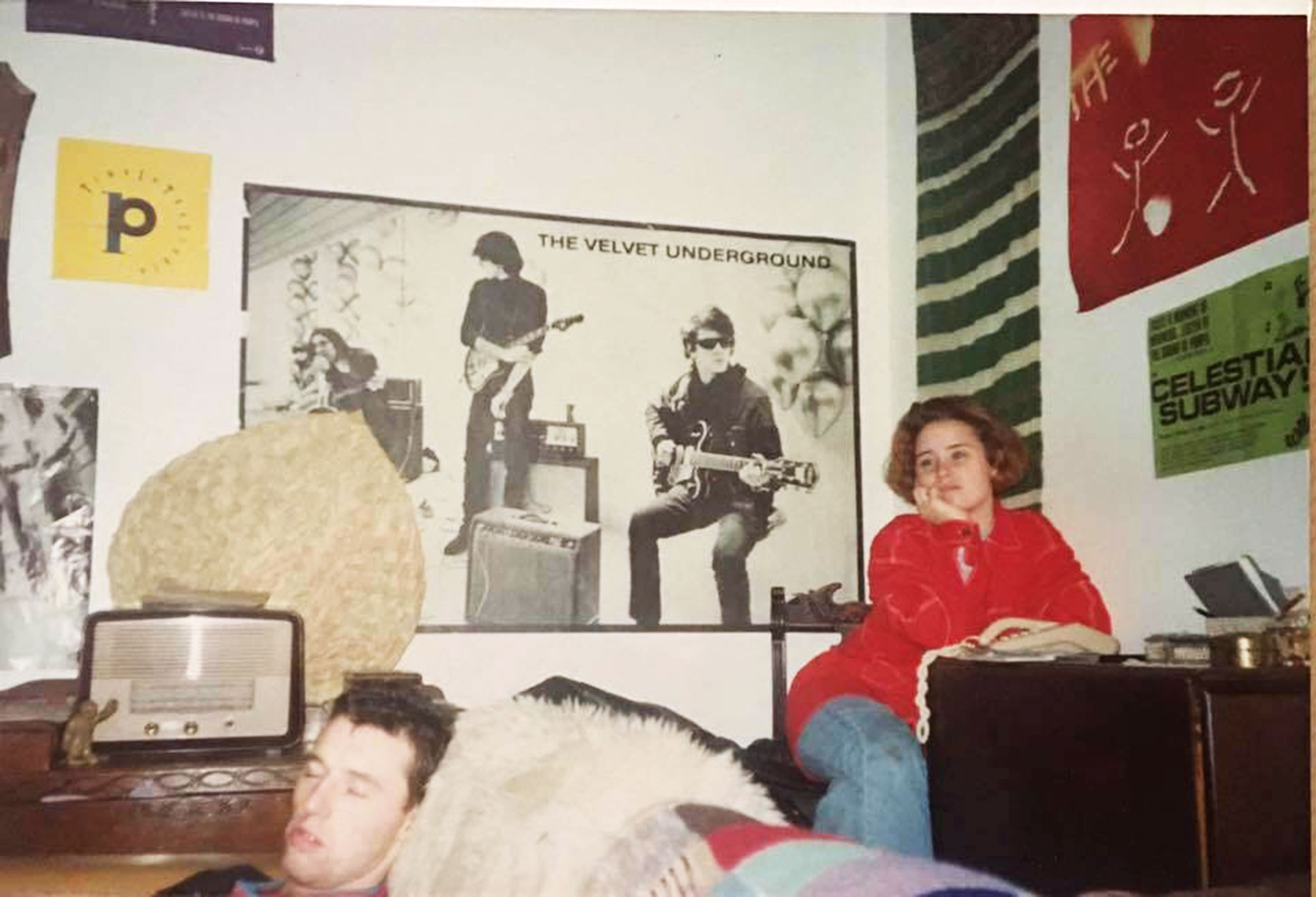Roisin Murphy: ‘When I look back at me as 16 now, I wonder where I got all the strength from’
1989 - the year Roisin Murphy moved into her own flat and witnessed the coming together of Manchester's night scene

I got my own flat on my 16th birthday. This photo was taken there, in Stockport. We moved to Manchester from Ireland when I was 12 but my mother and father broke up when I was 15 and I didn’t want to go back to Ireland. My mother went back, my father stayed in England, but I didn’t want to go off with him and I didn’t want to go back to Ireland, mainly because they were all into heavy metal there and I just couldn’t take it – I couldn’t go back to that. When I look back at me as 16 now, I wonder where I got all the strength from.
I was doing my A levels then – in Theatre Studies and Media Studies (the blags) – I didn’t do very well in them. I was very artistic but never academic, and dyslexic to hell. I always thought that I’d do visual art and I had a place at Manchester polytechnic, but I’d gone to Sheffield and then I got a record deal, and so I never went. In a way I didn’t need to because we [Moloko] stayed in Sheffield all those years, so there wasn’t a lot of pressure from ‘the music biz’, so I got a chance to do a lot of visual art through the music. But in Manchester I didn’t want to leave, because I was obsessed with music, as you can see from the picture. There’s the Velvet Underground up there, and The Young Gods, and Sonic Youth. The P was my first boyfriend, who had a hip-hop single – P Love and something – and he brought me into the first studio that I ever saw – Strawberry Studios. This was before I had any notion of doing any music, but I went in and met Martin Hannett in there. He was very sweaty from what I remember – I obviously knew Joy Division but I didn’t know about producers. I also met Lisa Stansfield’s A&R guy in there. It was the first time I knew anything about the music industry. We went to the chip shop and by the time we came back he was telling me I should get into the music business. I must have had something at that age because that’s how I became a singer – from people telling me that I should be one; that I was going to be something. I’d always be like, ‘what?!’ – I still thought I was going to be a conceptual artist. Even when I met Mark [Brydon] I didn’t start singing at first – I was just talking and pretending to be an L.A. Valley Girl. And we got a deal, without me really singing.
In 1989 though, Manchester was brilliant. It’s still brilliant now, but everything was on your plate. You could go from amazing little clubs playing acid house to the Hacienda, to Precinct 13 that was all RnB and hip-hop, to PSV in Moss Side, which was a full-on hardcore hip-hop club, to an illegal blues and reggae place called The Kitchen inside four flats. And I was there! I saw the transition of club music coming in, and the transition of E coming in without even knowing it. I remember being in a club called Isadora’s, which was a ’60s psychedelic club that played MC5 and the Stooges, but also Sonic Youth and Butthole Surfers (Sonic Youth was the deal-breaker for me at that age – I was 14 when I saw them play and the next day I went down to the record exchange in Stockport and I put down all of my U2 records and bought ‘Daydream Nation’). But I was in Isadora’s for a few weeks in a row – all solid weirdos – and then all of sudden it’s full of football guys – casuals – the sort of guys we’d usually be running away from. They were hugging us and stuff. It sounds like a massive cliché but it was ‘I Am The Resurrection’ that was playing, and it’s all sweaty hugs and bemusement from our point of view. Gradually it dawned on us that it was ecstasy. And there was this lovely meeting – not only of the weirdos and casuals but of guitar music and dance music, of black and white music… It was palpable – this sense that these things aren’t as separate as you once thought they were.
Roisin Murphy was speaking to Stuart Stubbs
Check out previous Sweet 16 columns with artists including Johnny Marr, Shirley Manson, Thurston Moore and many others.